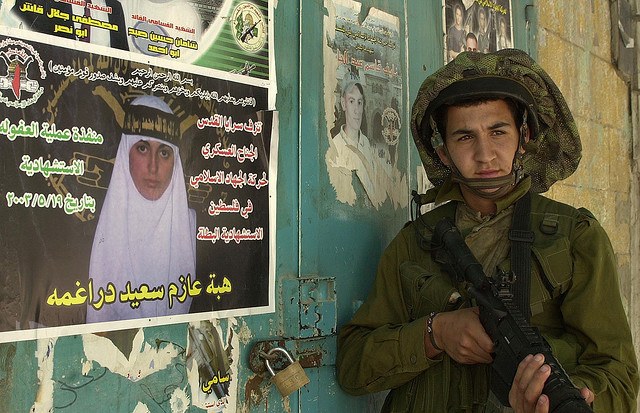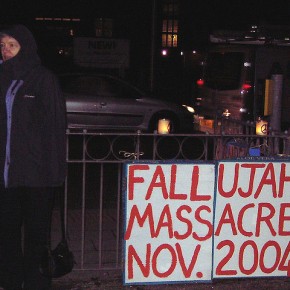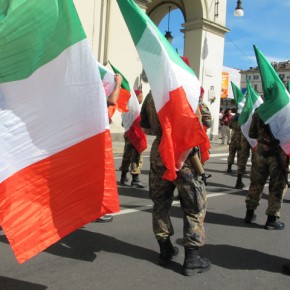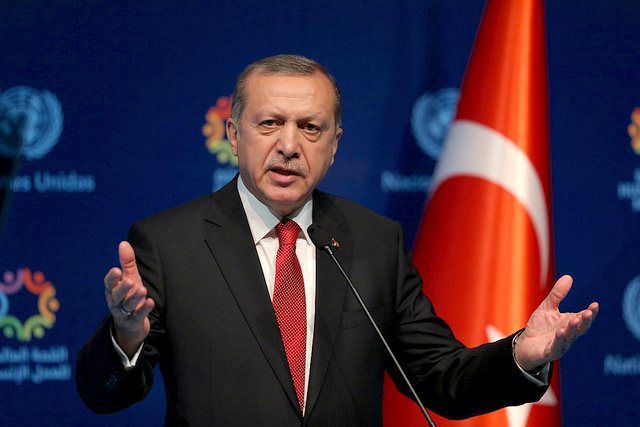It is Muharram again, the beginning of the Islamic lunar year, literally meaning ‘sanctified,’ as it is one of four months in the Muslim calendar when fighting is forbidden. Its first ten days also mark the garrison and slaughter – 1,373 years ago this month – of the Prophet’s grandson, Imam Hussain, and other members of his family by the armies of the despotic Umayyad ruler, Yazid.
Hussain’s extraordinary sacrifice presents in the starkest terms two dramatically different conceptions of the basis of rule and sovereignty in Islam: one based on sword-power, the other on soul-power. It is the distinction that is also made in Walter Benjamin’s renowned essay, Critique of Violence: “Mythic violence is bloody power over mere life for its own sake; divine violence is pure power over all life for the sake of the living. The first demands sacrifice; the second accepts it.” It is the divine violence of Hussain’s acceptance of sacrifice that Shias in particular ritually commemorate and mourn annually.
In current discourse on violence in Islam, the fundamental importance of the Prophetic distinction—a distinction iterated in a number of hadith, or sayings of the Prophet Muhammad — between the greater, inner jihad, against the ego (al-jihad al-akbar) and the lesser, outward jihad, against oppression and animosity (al-jihad al-asghar) has often been cited. Even so, a measure of the significance of this exemplary distinction — abyssal in its simplicity, disclosing as it does the divinity proper to the divinely ordained imperative of jihad (such disclosure of divinity being the very task and purpose of the Hadith,) its very eventfulness (hadatha) — has hardly been taken or heeded.
To begin with, it has not been explored that both forms strikingly share the violent word, jihad: in Arabic, meaning forceful effort, or struggle. It is as if the reality and intensity of these two radically different forms of force are adequated, a priori, in the Prophetic sayings.
If anything, it is the former, the inner jihad, that has the greater reality, the more violent, imperative intensity. With their difference a matter of degree and quality, the two are at once intimately related and real, leaving us little linguistic space to distinguish between the metaphoric and the literal in this demanding language of violence.
In this video, I seek to communicate the force of this other violence in Islam in an aesthetic register, through the work of the 20th century Pakistani painter-poet Sadequain.
Photograph courtesy of the Israel Defense Forces. Published under a Creative Commons license.





